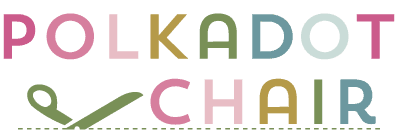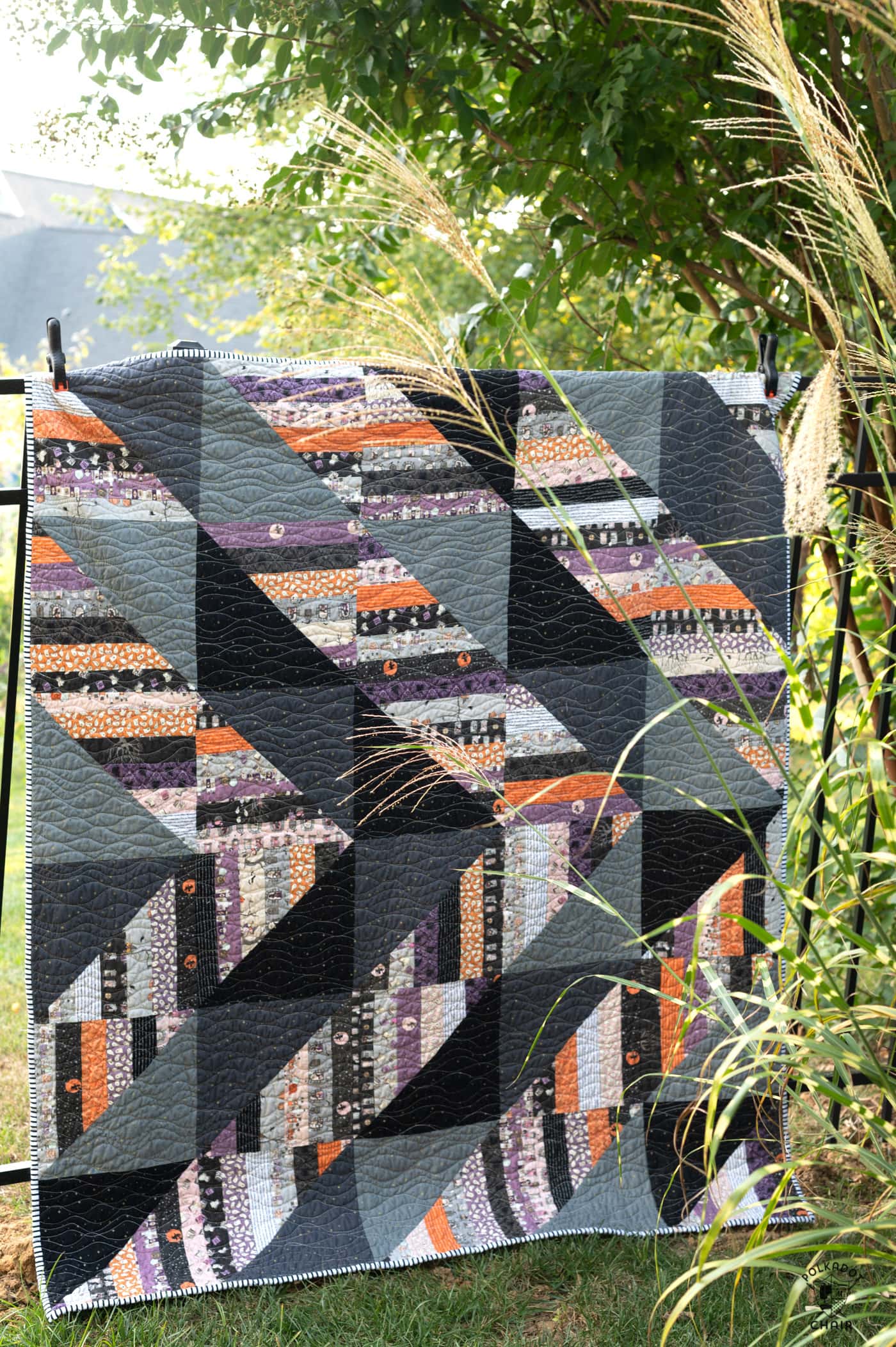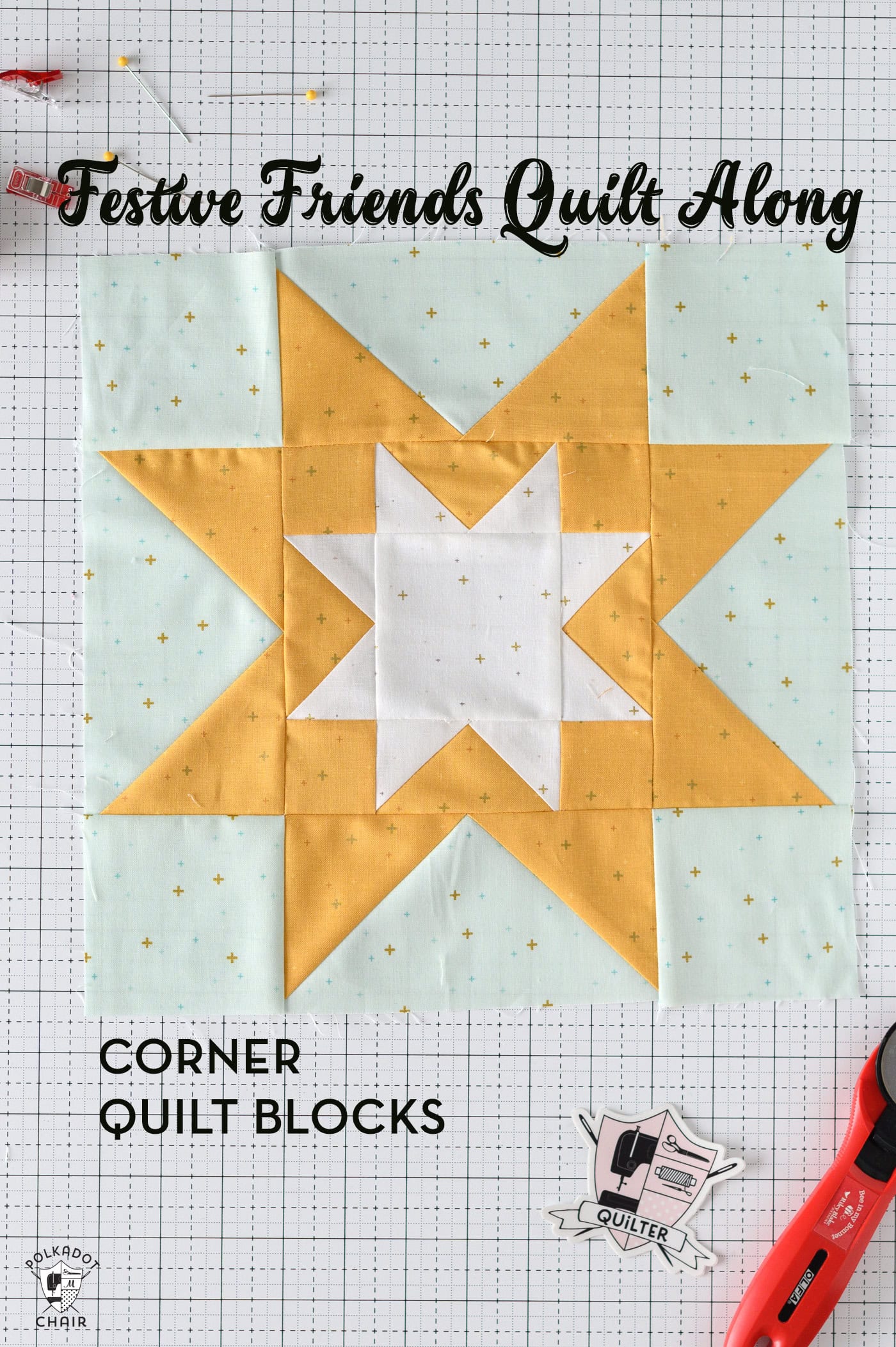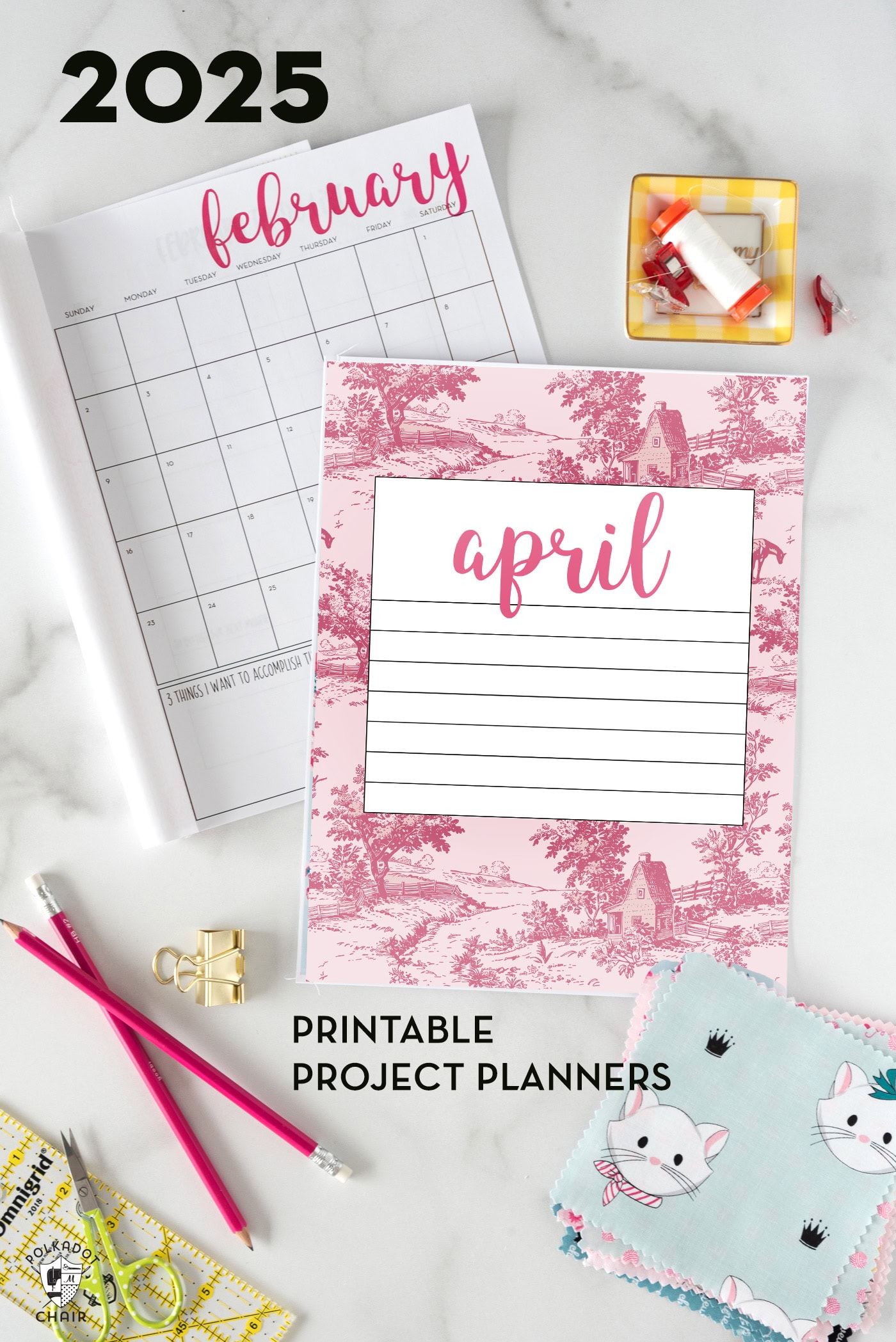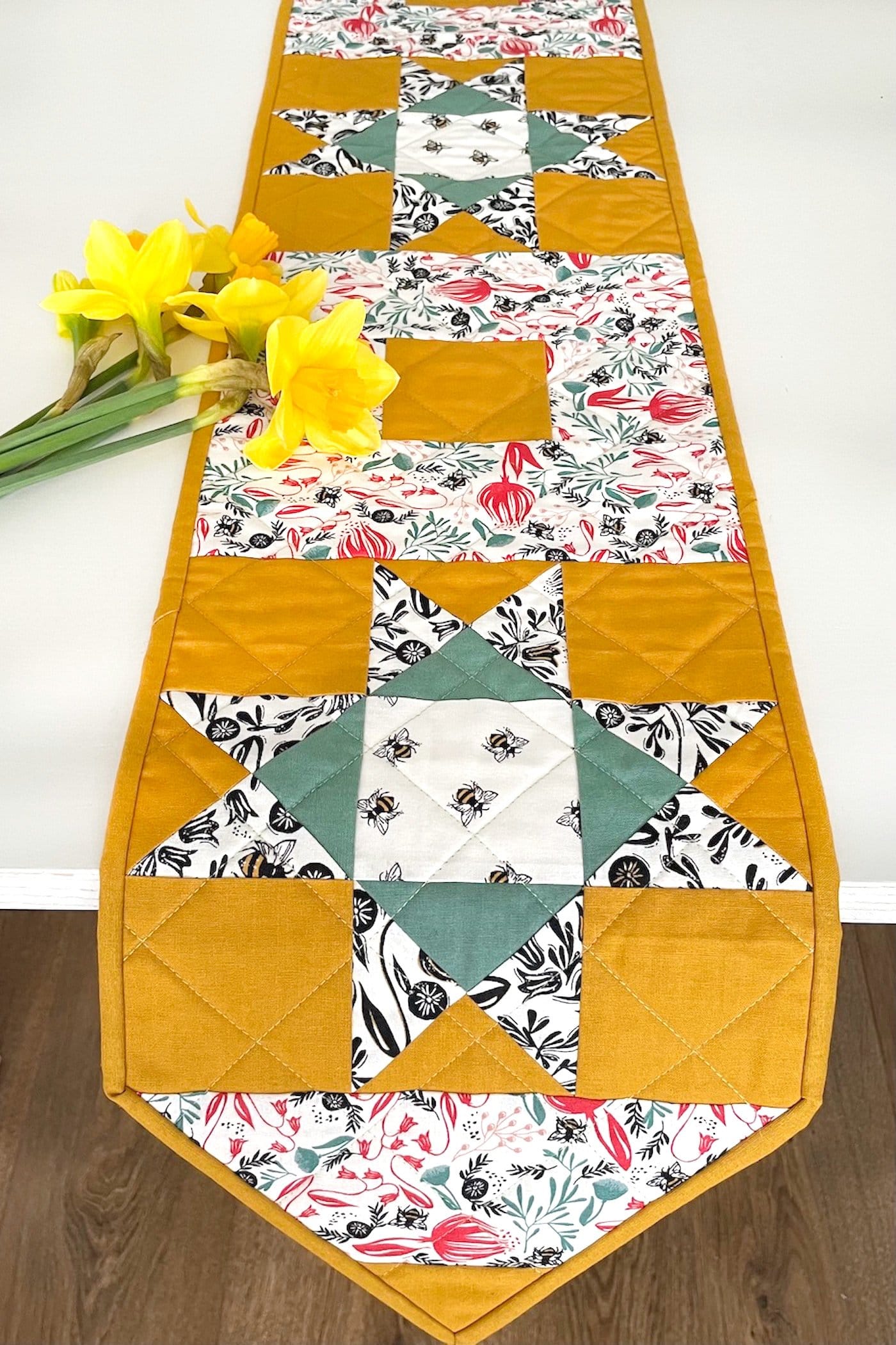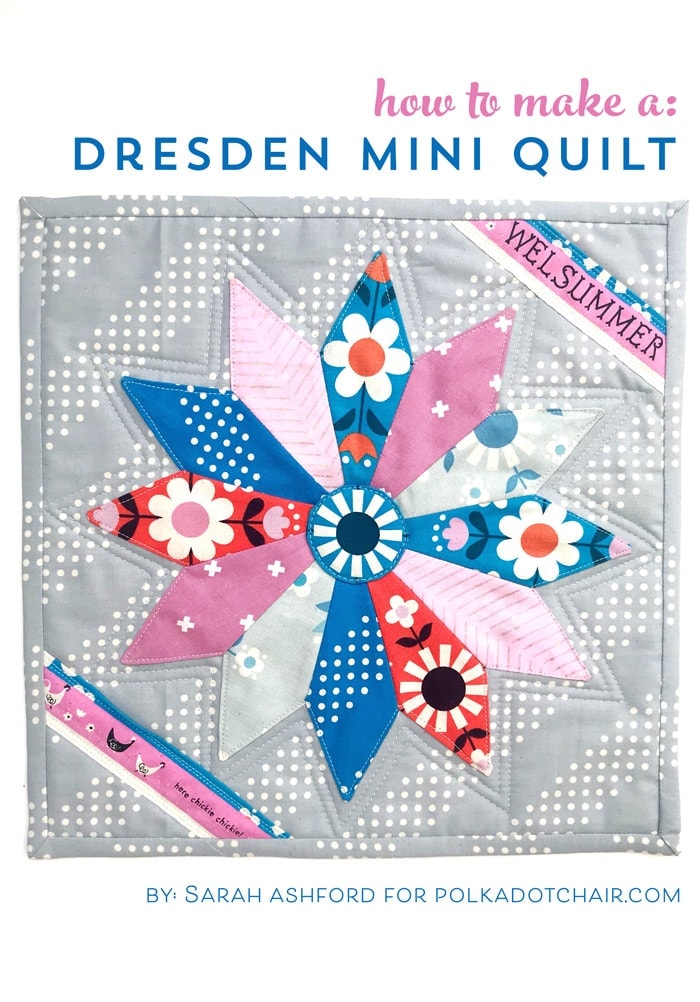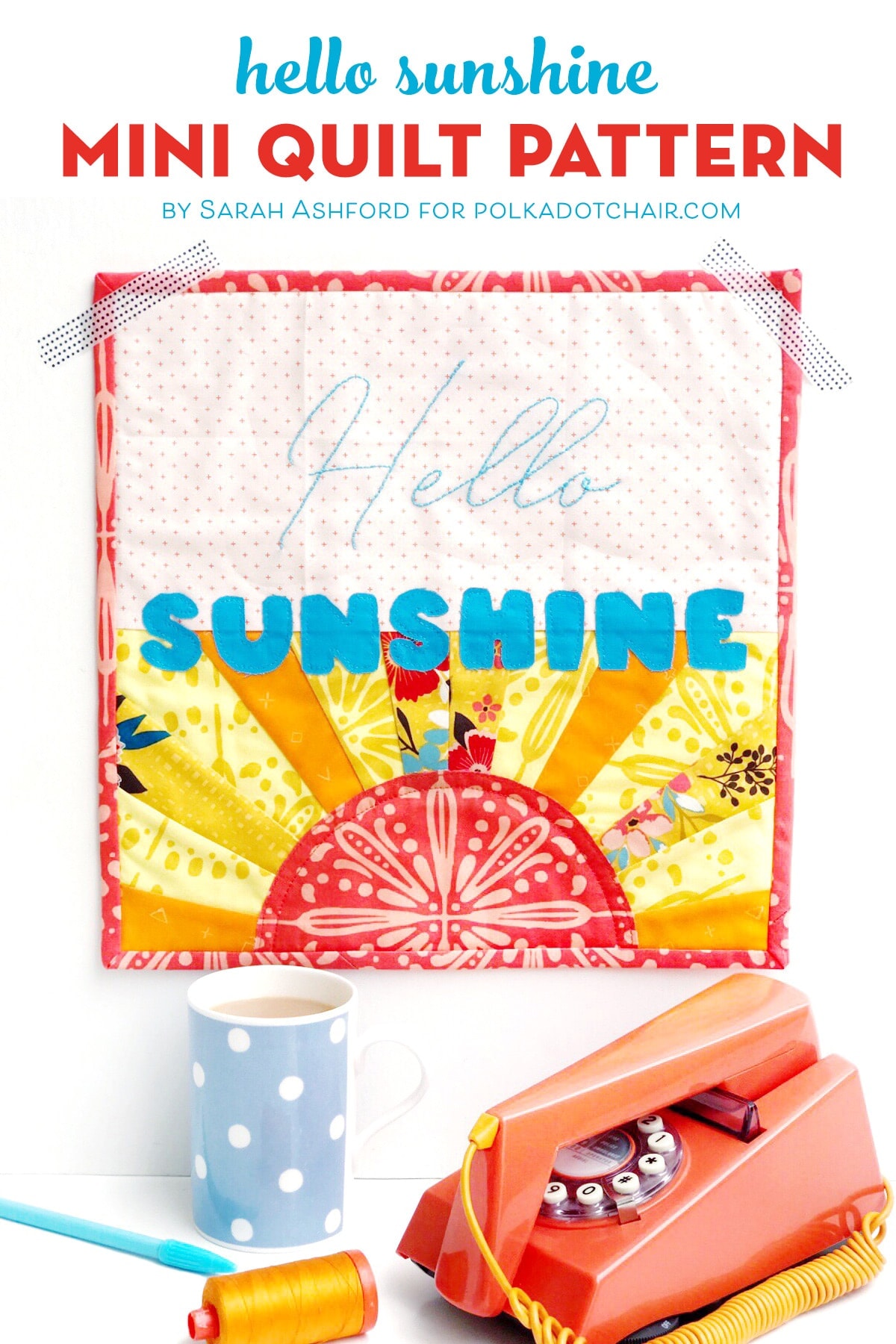Guide to Common Quilting Terms & Free Printable Quilters Cheat Sheet
Learn the definitions of some of the most commonly used Quilting terms and sewing terminology with our free comprehensive guide to common quilting terms. We’ve even included a free printable quilters cheat sheet!
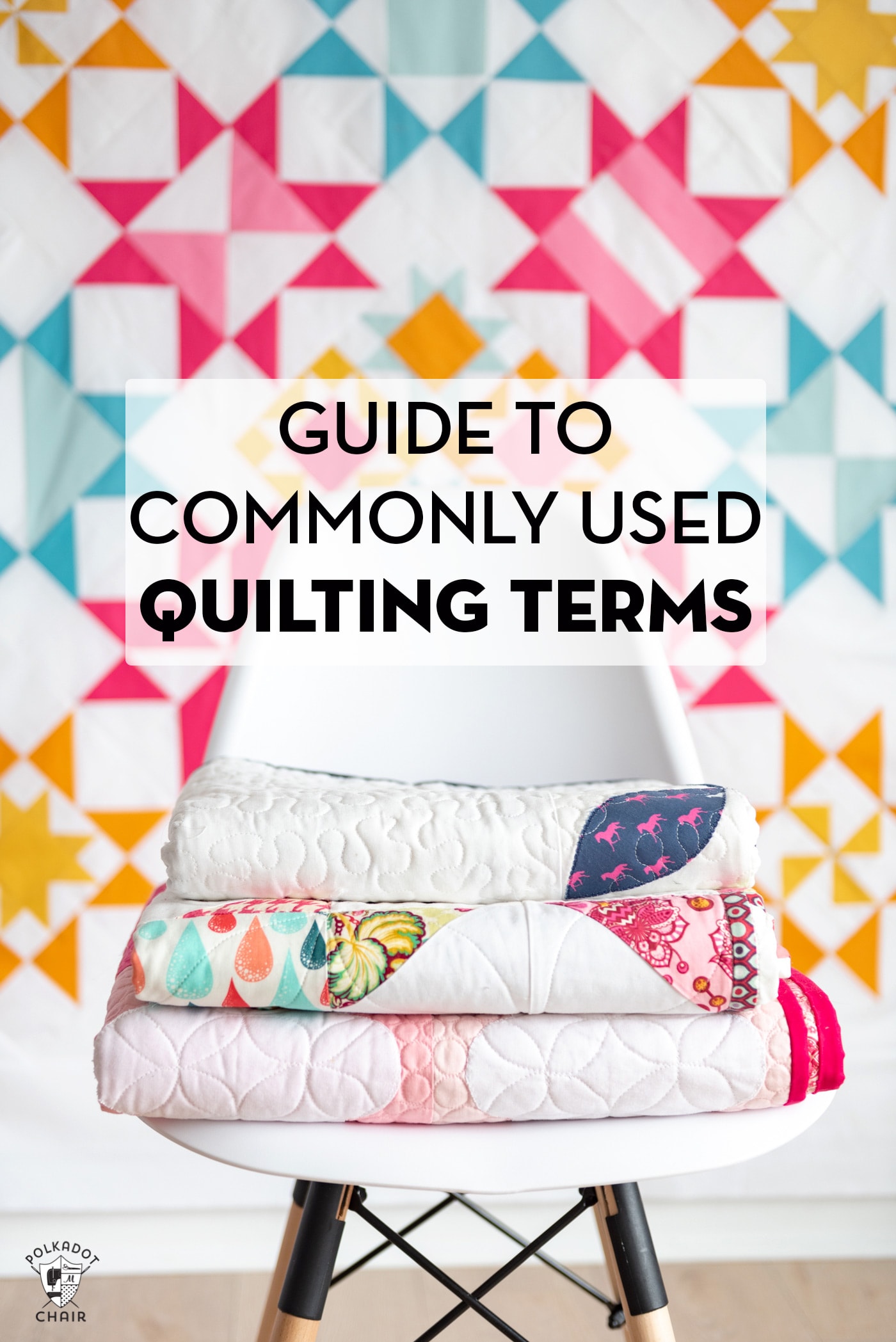
Do you ever read a sewing or quilting pattern and feel like you are totally lost??? It seems simple enough, but then you see terms on the pattern like FPP, HST, and WOF, and you suddenly feel stumped.
I’ve been sewing for a long time, and I still manage to forget simple sewing terms and measurements on a regular basis. I can not tell you how many times I’ve googled “How big is a twin mattress?” while designing a quilt pattern.
Common Quilting Terms & Their Meanings
Today I thought I’d cover some frequently used quilting terms and their meanings. Including some of those pesky acronyms!
Selvage
The finished edge of a piece of fabric. This edge is created during the manufacturing process and is usually removed during the cutting process. Two sides of a piece of fabric have selvage edges. Usually the fabric SKU or designer is printed on the selvage edge to make it easier to identify later.
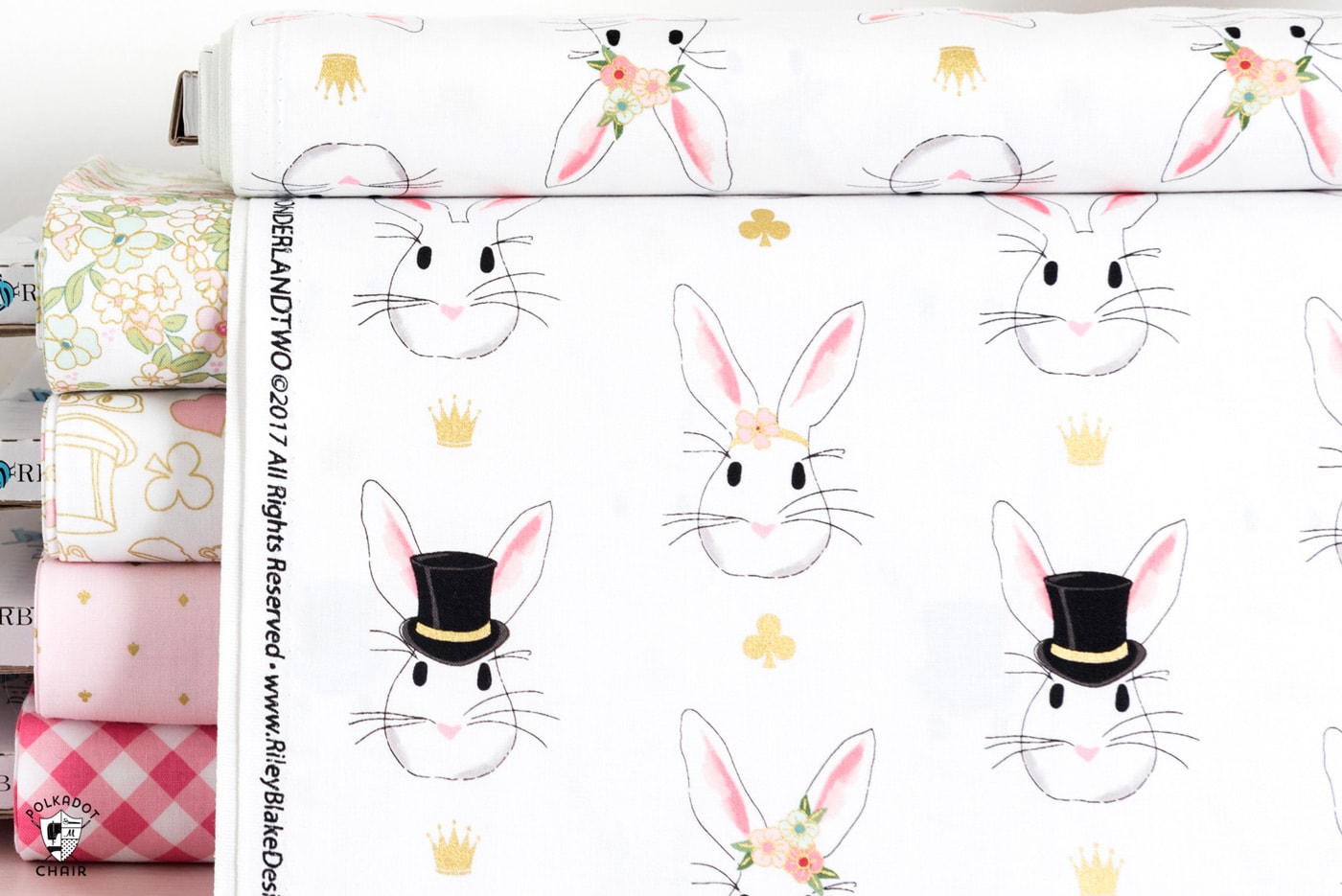
Yard of Fabric
A yard of quilting weight fabric is 36″ x 44″. Some fabrics other than quilting cotton are wider, but a yard is always 36″ long. Note: not all 44″ is useable, as some fabric companies have wide selvages.
In addition:
- 7/8 Yard is 31 1/2″
- 3/4 Yard is 27.”
- 5/8 Yard is 22 1/2″
- 1/2 Yard is 18″
- 3/8 Yard is 13 1/2″
- 1/4 Yard is 9″
- 1/8 Yard is 4 1/2″
WOF (Width of Fabric)
Many quilt patterns may list in the cutting requirements, cut a piece of fabric 2″ x WOF. WOF stands for the width of the fabric. When a pattern asks you to cut a piece by WOF, this means cutting the fabric from selvage to selvage.
Bias
The fibers in the woven cotton fabric are woven together in a grid. When the fabric is pulled horizontally or vertically, it has minimal stretch. However, if it is pulled at a 45-degree angle to the direction of the fibers, it has much more stretch.
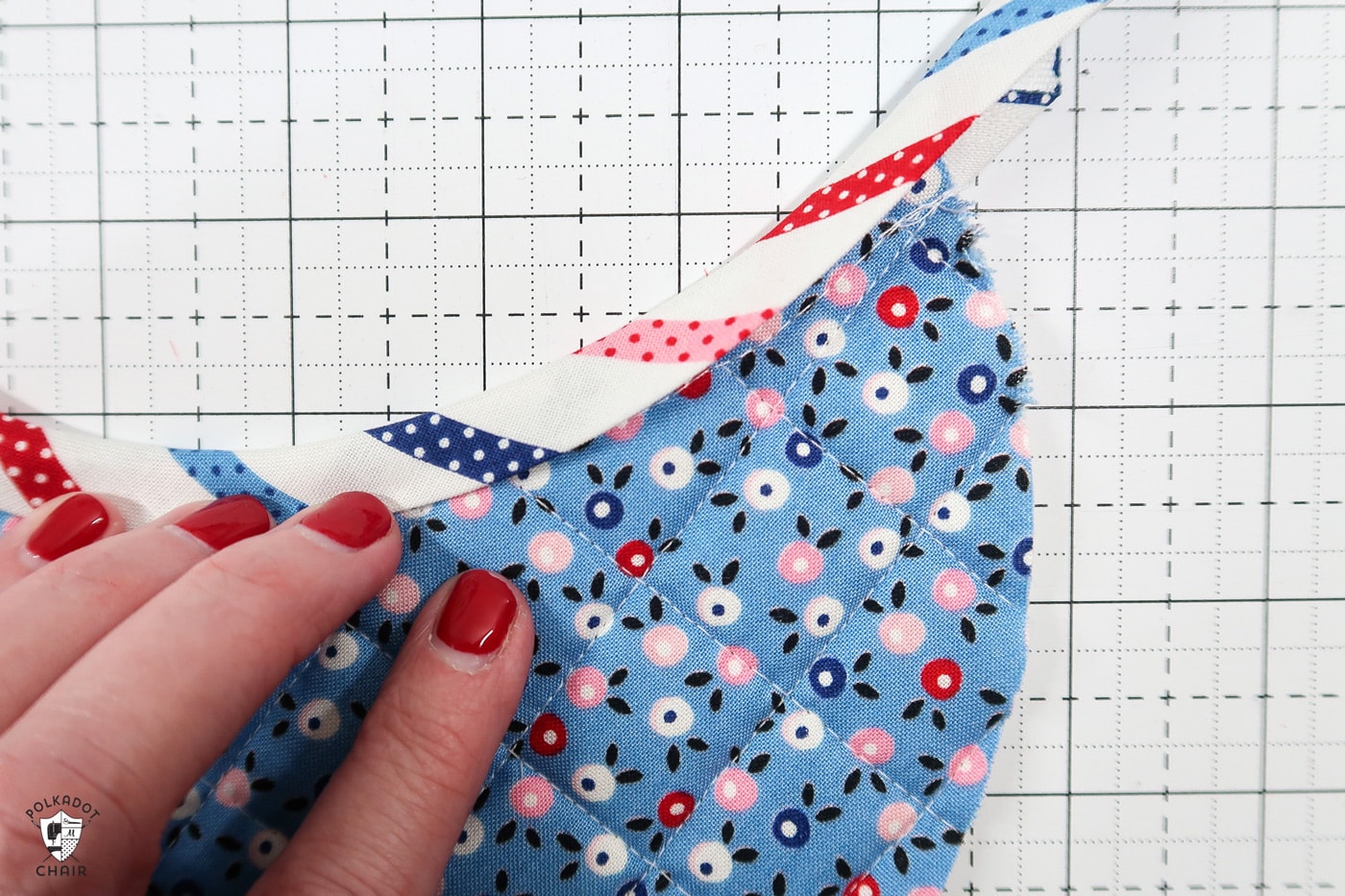
This stretch is useful when constructing many garments and when adding binding to curves since the fabric will stretch a bit to fit the item. Therefore cutting something on the Bias means cutting it at a 45-degree angle from the selvage of the fabric.
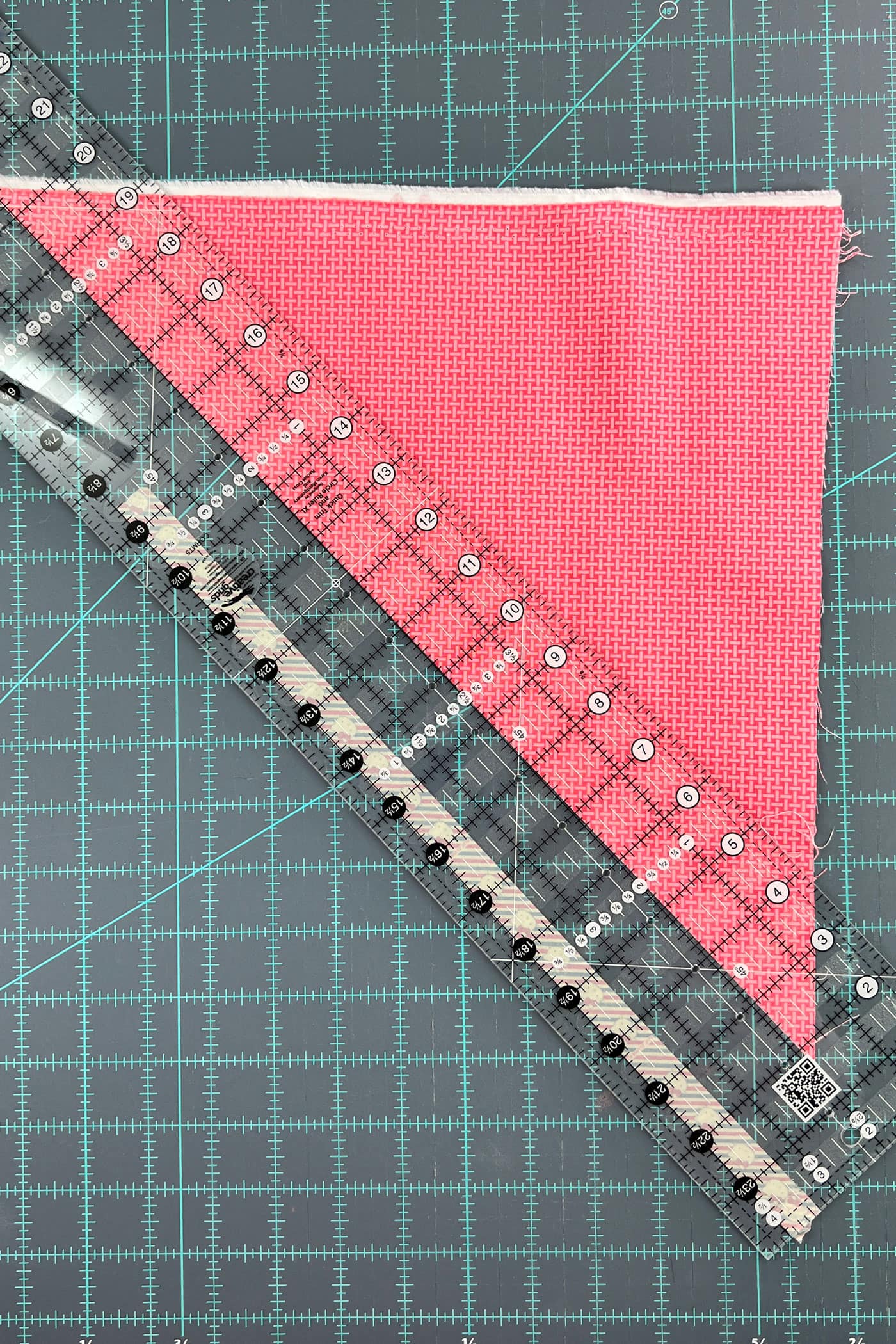
Crosswise Grain
Runs perpendicular to the selvage edge. If you draw an imaginary line from one selvage edge to the other, this is the crosswise grain. It has a bit more stretch than the lengthwise grain. For this reason, some quilters prefer to cut fabric for quilt borders on the Lengthwise Grain.
Lengthwise Grain
Runs parallel to the selvage edges. It has less stretch than the Crosswise Grain.
UFO
No, it’s not an alien! It’s a Unfinished object. Many quilters joke that they have a large UFO presence in their sewing room.
WIP
WIP stands for Work In Progress.
Precut Fabric
Many manufacturers sell pre-cut packages of fabric. These packages contain pieces of fabric that are all cut the same size in a variety of prints and colors. Most of the time, the package includes all the prints in a particular fabric collection.
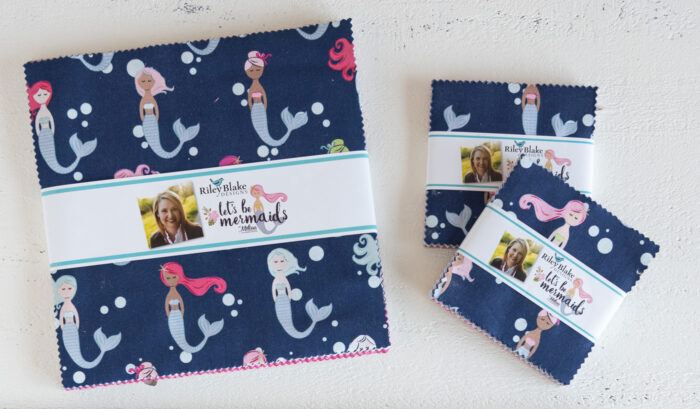
Quilt Block
Most quilts are made up of individual squares (sometimes other shapes) and are referred to as Quilt Blocks. Think of them as pieces of a puzzle. Since it’s easier to break a large project down into smaller pieces, quilt blocks are created individually and then assembled into a completed top.
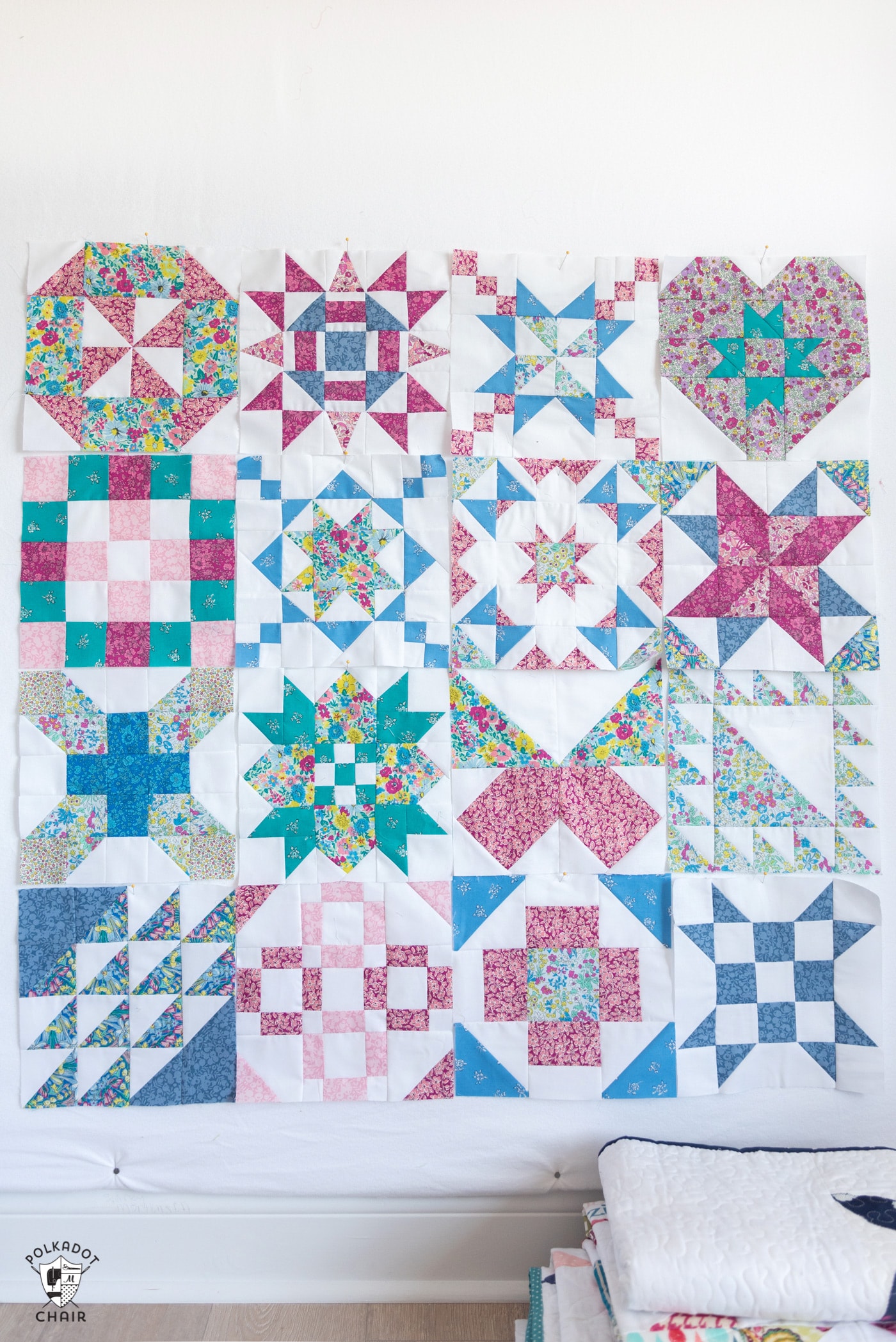
HST
An HST is a Half Square Triangle. It is a square quilt block that is made from two right triangles. These are very common in quilting and used in most quilt patterns.
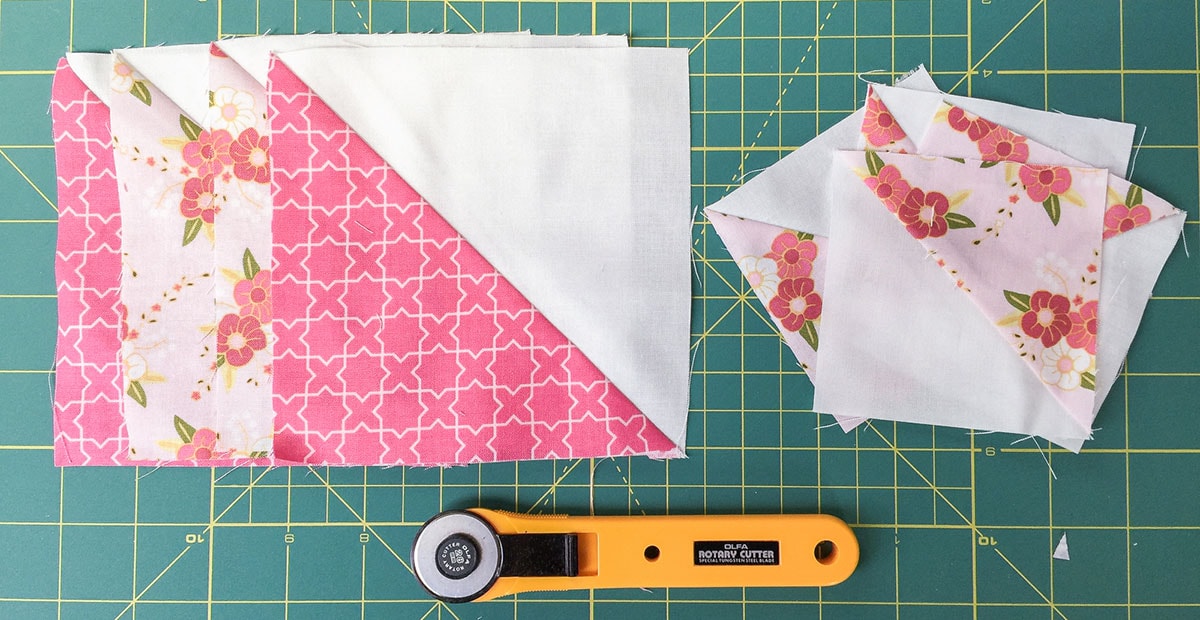
QST
A QST is a Quarter Square Triangle. It is a square quilt block made from four right triangles.
Row Quilt
A Row Quilt is a quilt that is designed and assembled by Rows. Most times, each row has a similar set of blocks. Our Let’s Stay Home quilt pattern is an example of a Row Quilt.
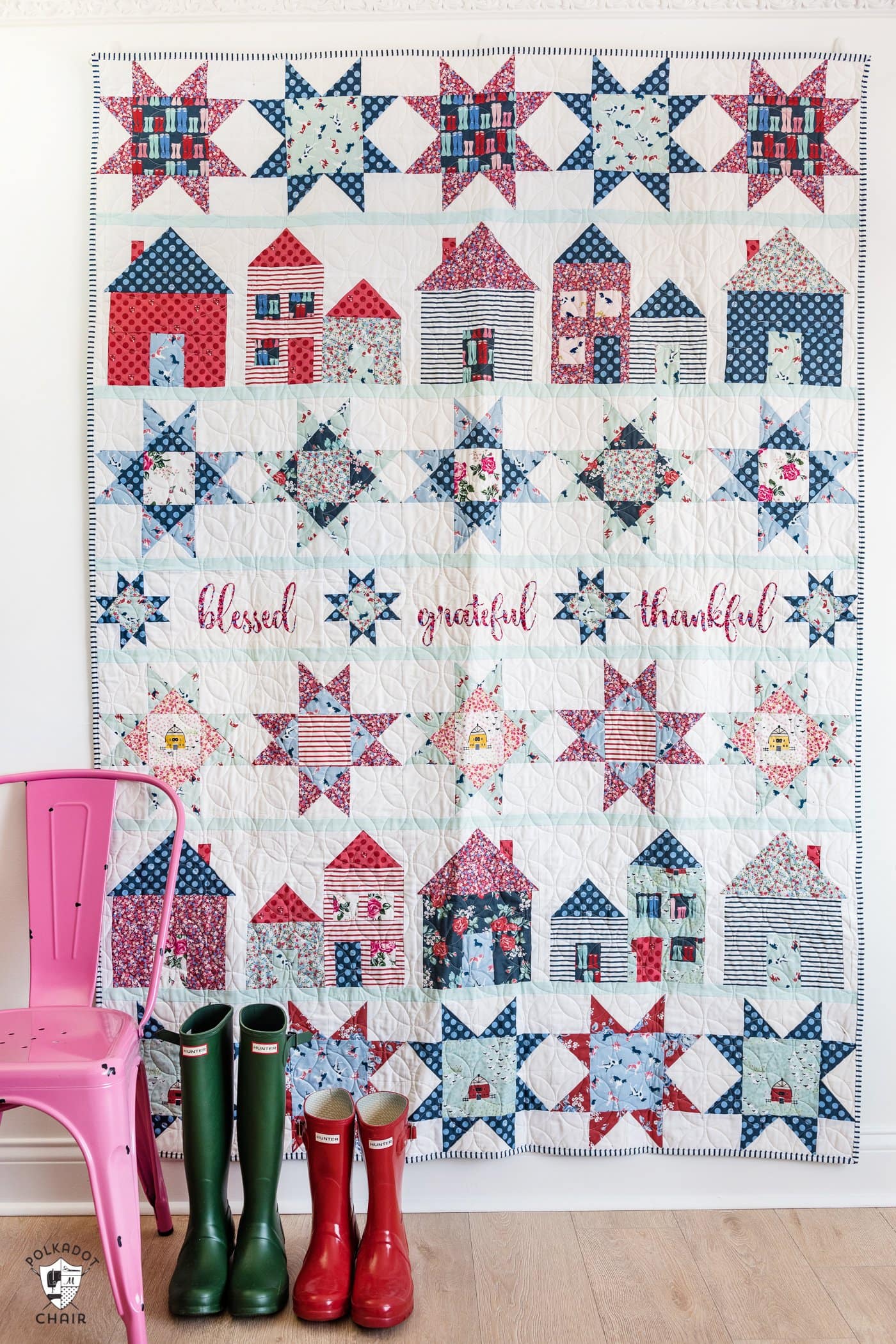
Medallion Quilt
A Medallion quilt is a quilt design with a large center block referred to as the medallion. The medallion center is surrounded by additional quilt blocks, which are normally identical to each other. Medallion quilts are designed from the center out.
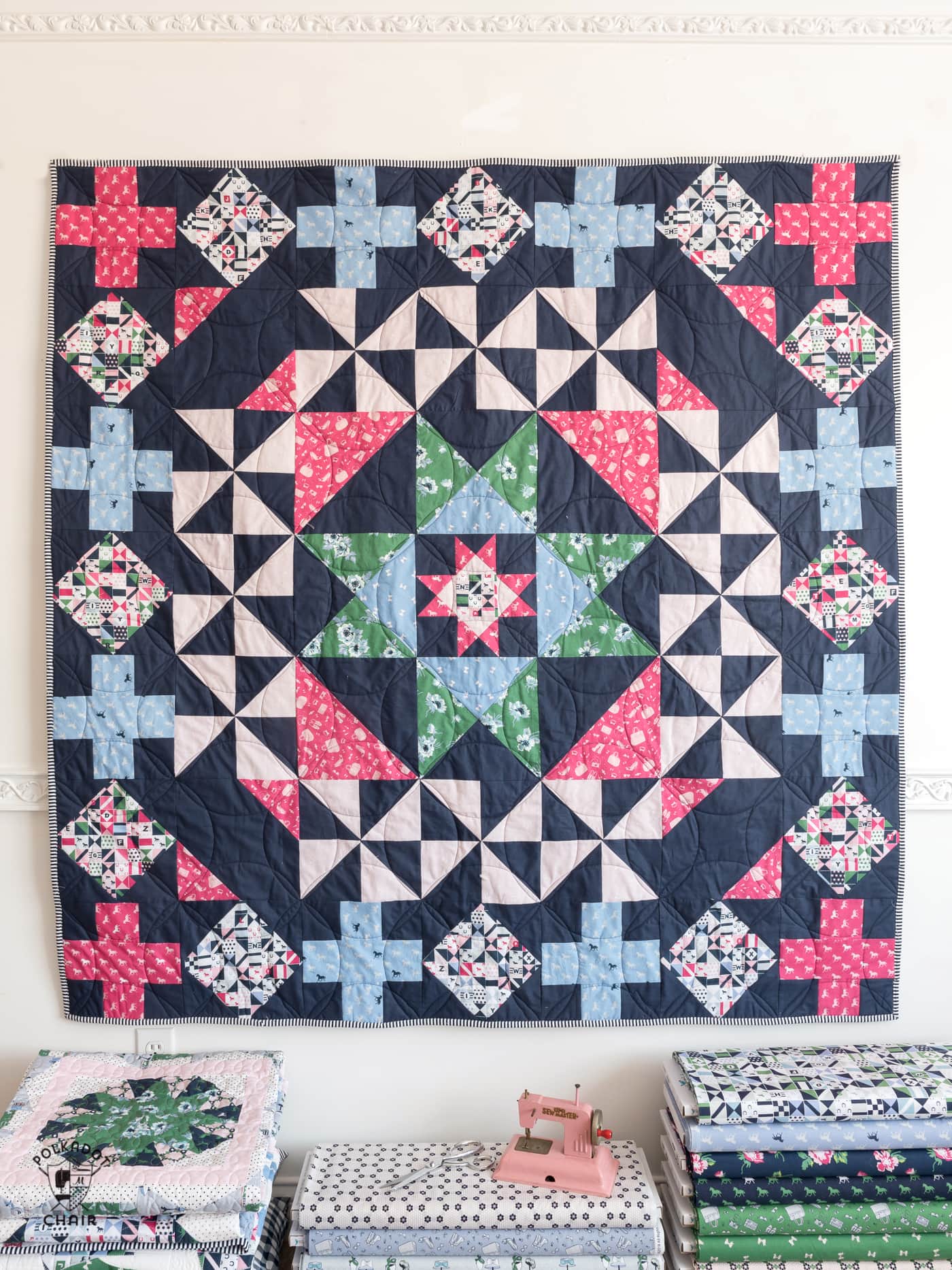
The Patchwork Paddock Quilt is an example of a Medallion Quilt.
RST
Means Right Sides Together.
SA
Seam allowance. The distance between the stitching line and the raw edge of the fabric.
Binding
Quilt Binding is the fabric that is sewn around the raw edges of a completed quilt top to finish and seal the edge.
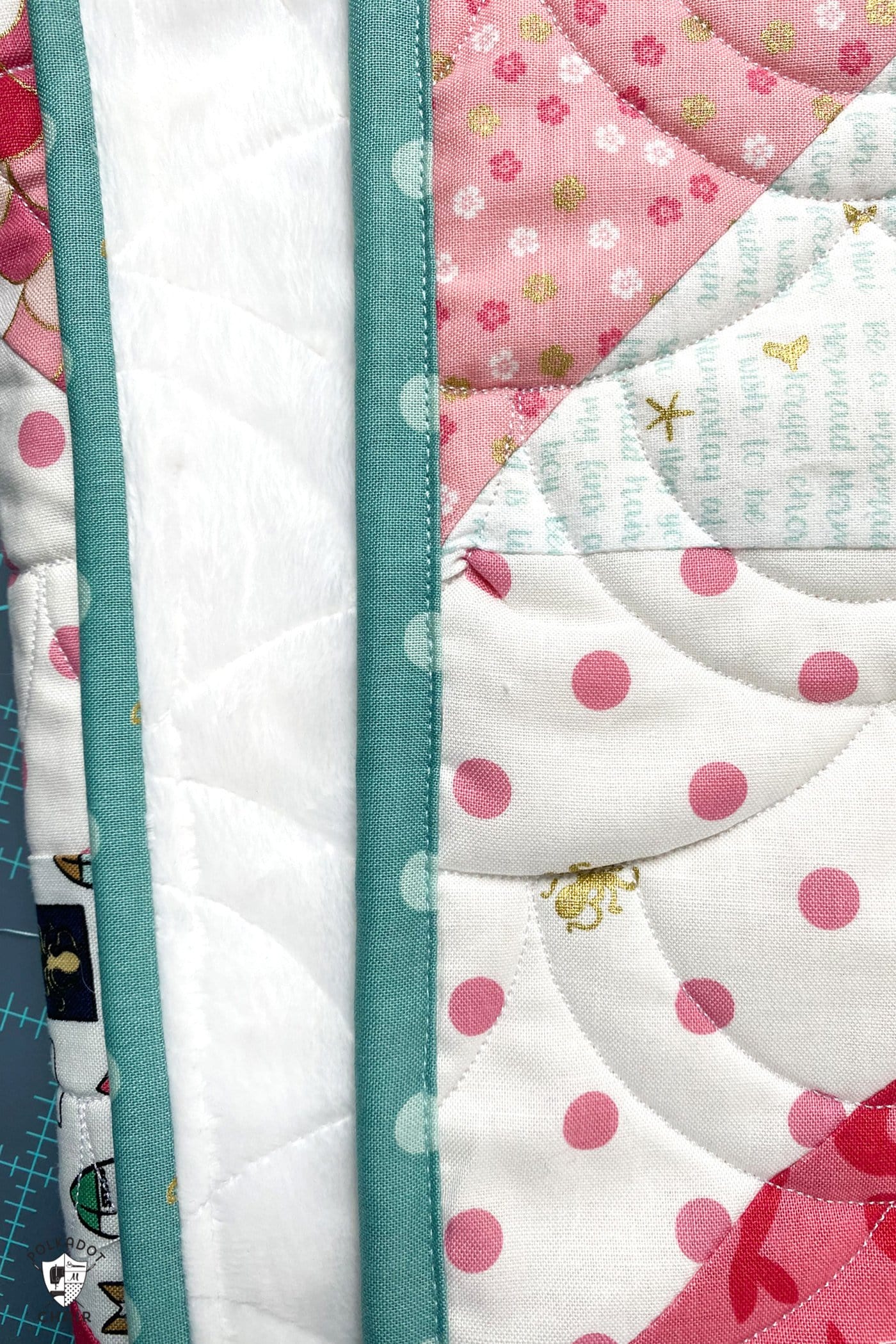
Batting
This is the material that is used in the center of a quilt. It is what gives it its softness and loft. Batting varies widely and is available in a number of fiber types and weights. Common batting types include:
- Cotton
- Cotton/Poly
- Wool
- Polyester
Quilt Sandwich
A finished quilt is made of three layers, a quilt top, batting, and quilt backing. These pieces are many times referred to as a “sandwich.” If you are finishing a quilt on a domestic sewing machine or by hand, you will create a quilt sandwich before you sew the quilting stitches.
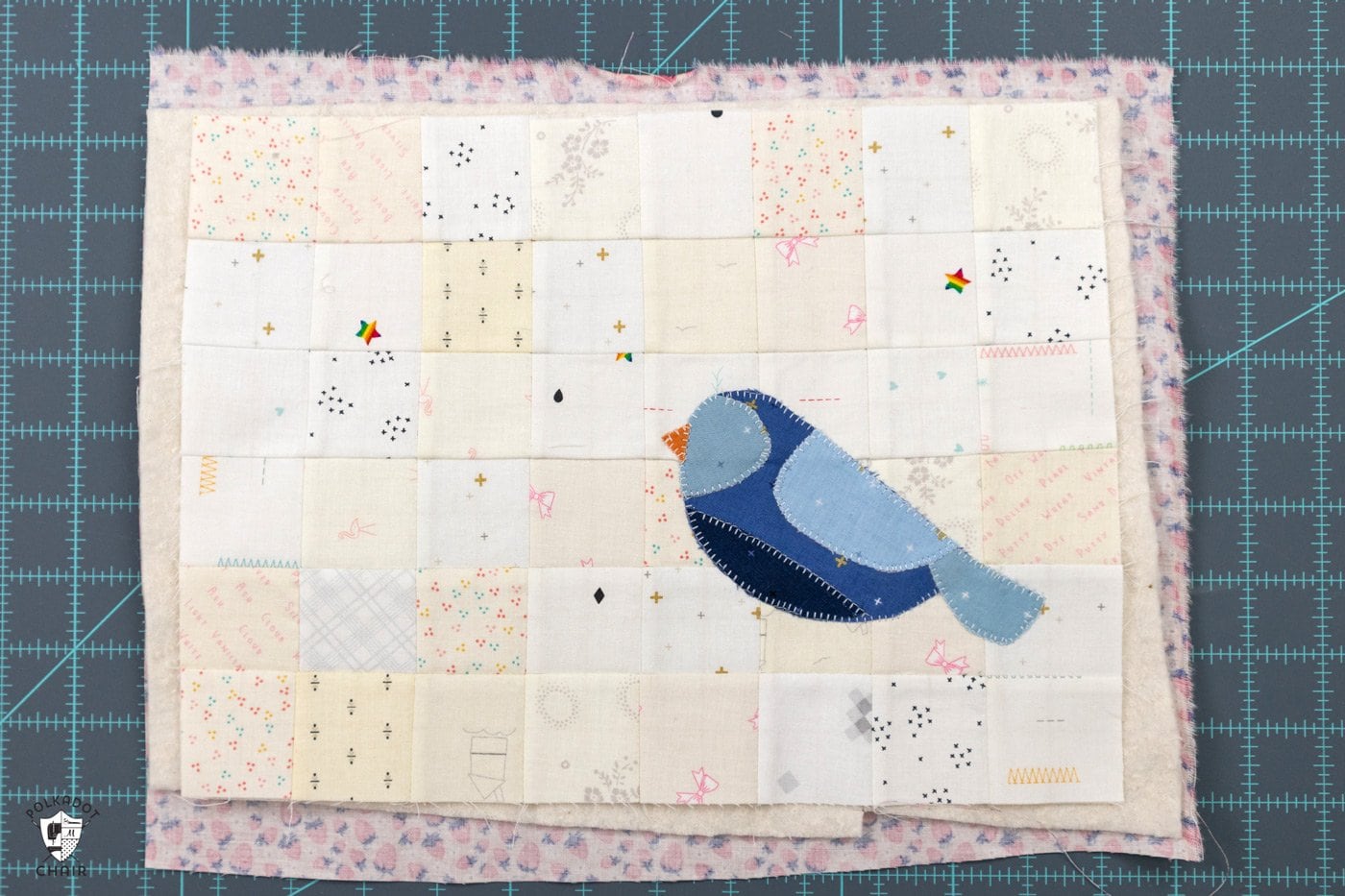
Basting
This is the method that is used to temporarily hold the layers of a quilt sandwich together as it is being quilted. Common basting methods include pin basting or spray basting. Spray basting is a spray adhesive that comes in a can.
Applique
Applique is the process of sewing cut pieces of fabric directly on top of another piece of fabric. The edges are then finished by hand or machine.
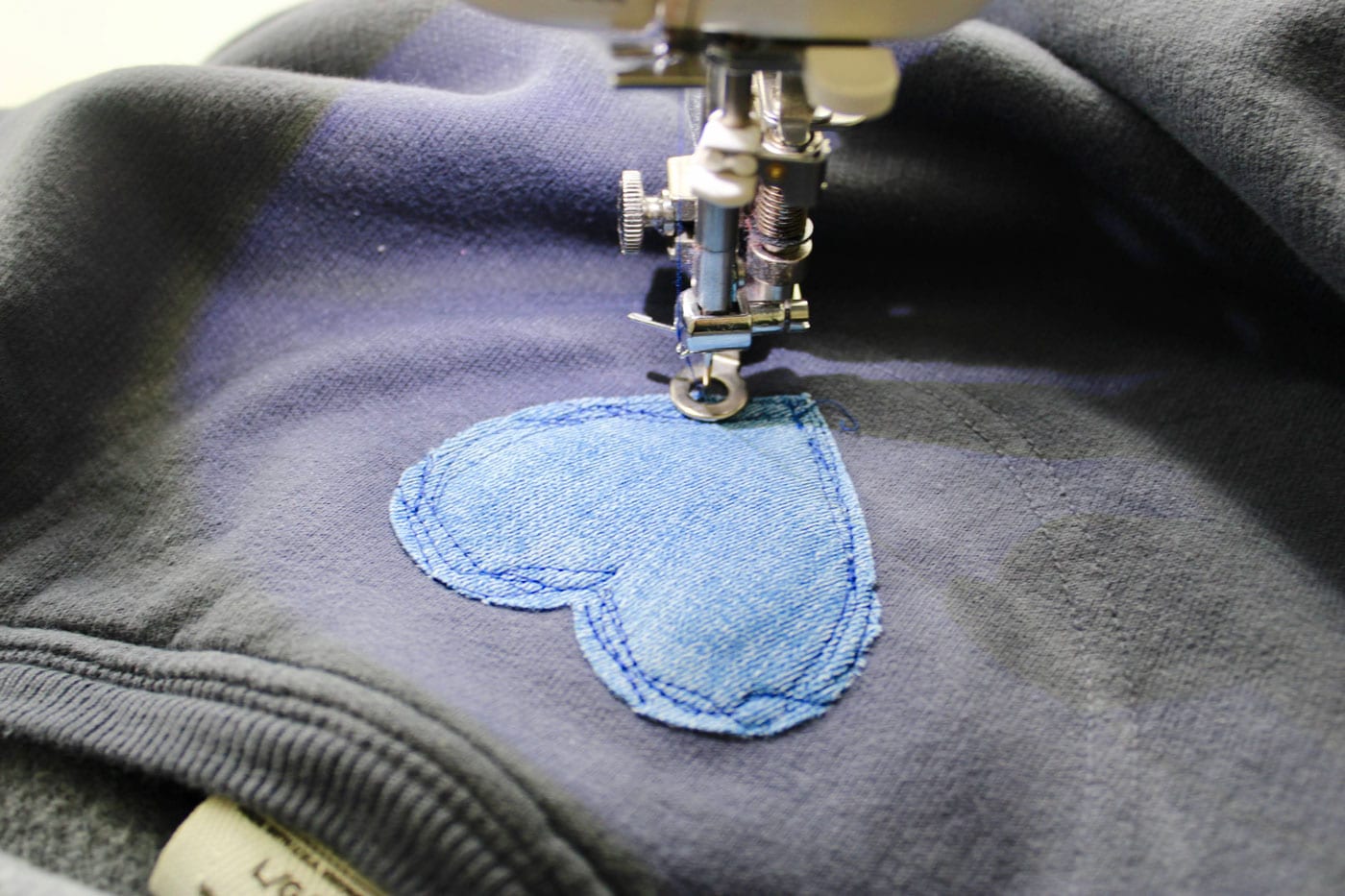
Foundation Paper Piecing (FPP)
Foundation Paper Piecing is a method of quilt block piecing where fabric is sewn to a piece of paper. The piece of paper has the design of the quilt block printed on it. This method is popular because it lets you piece more intricate quilt blocks. Many quilters feel that this method is also more accurate.
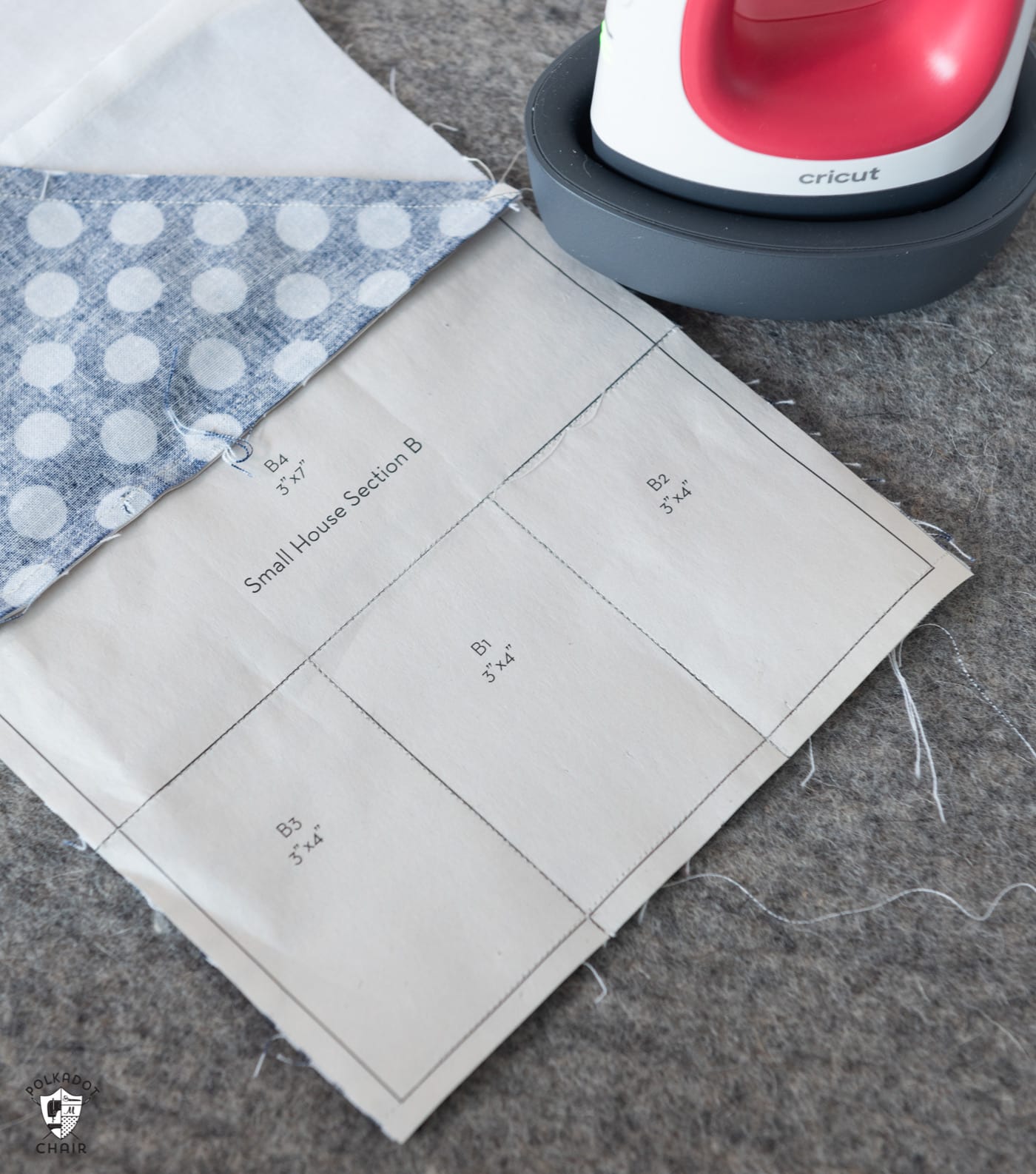
English Paper Piecing
English paper piecing is completely different from Foundation Paper Piecing; since the terms are similar, many quilters are confused about the difference between the two.
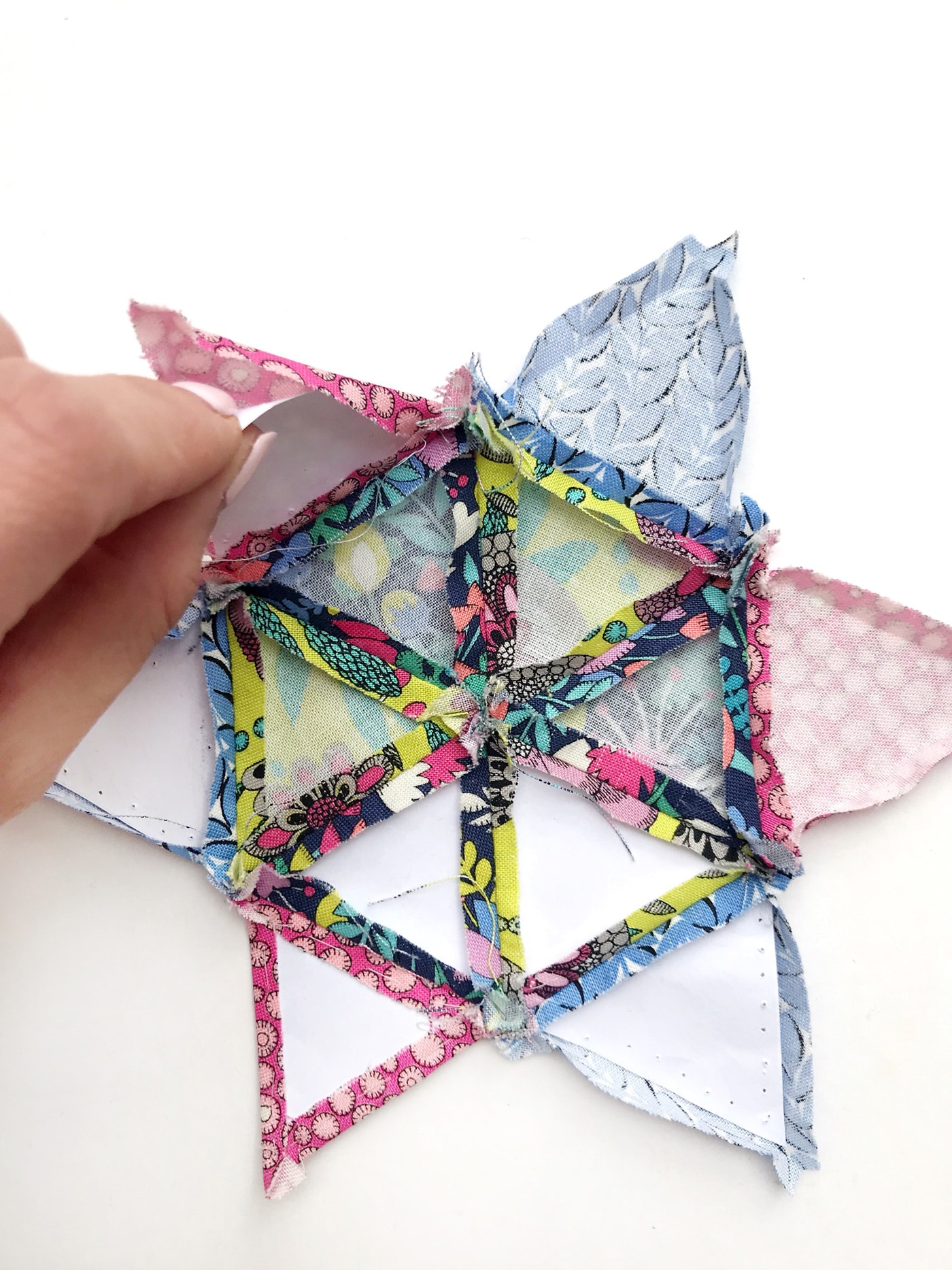
English Paper Piecing (or EPP) is a method of quilting that has been around for a very long time. Fabric is hand basted around shapes of paper and pressed. These pieces are then hand-sewn together. The paper shape is then removed, leaving the finished quilt block.
Recommended Quilt Sizes for US Mattresses
This is the size of the quilt, not the size of the mattress. The quilt size takes into account a 10″ drop on each side of the quilt (the drop is the portion of the quilt that hangs over the edge of a mattress). You can add additional inches if you prefer a larger drop on the quilt.
- California King: 92″ x 104″
- King: 96″ x 100″
- Queen: 80″ x 100″
- Double/Full: 74″ x 95″
- Twin XL: 59″ x 100″
- Twin: 59″ x 95″
- Crib: 28″ x 52″ (this is the size of the mattress, as there is not a drop on a crib quilt)
Common Quilt Sizes
In addition to the mattress-based quilt sizes listed above. Here is a size range recommendation for other quilts.
Baby/Toddler Quilt: Width: 30″ – 45″ Length: 30″ – 45″
Lap Quilt for Child: Width: 40″ – 54″ Length: 45″ – 54″ (longer quilts may be difficult for children to carry).
Lap Quilt for Adult: Width: 48″ – 60″ Lenght: 60″ – 84″ (for a person who is 6ft tall to lie under a quilt with their feet covered comfortably, a minimum length of 65″ is recommended).
Common Quilting Terms Printable
We are happy to provide our newsletter subscribers with a printable copy of this list. Fill out the form, and we will email it to you.
Additional terms
Did we forget anything? If so, leave it in the comments section, and we will do our best to get an answer for you!
